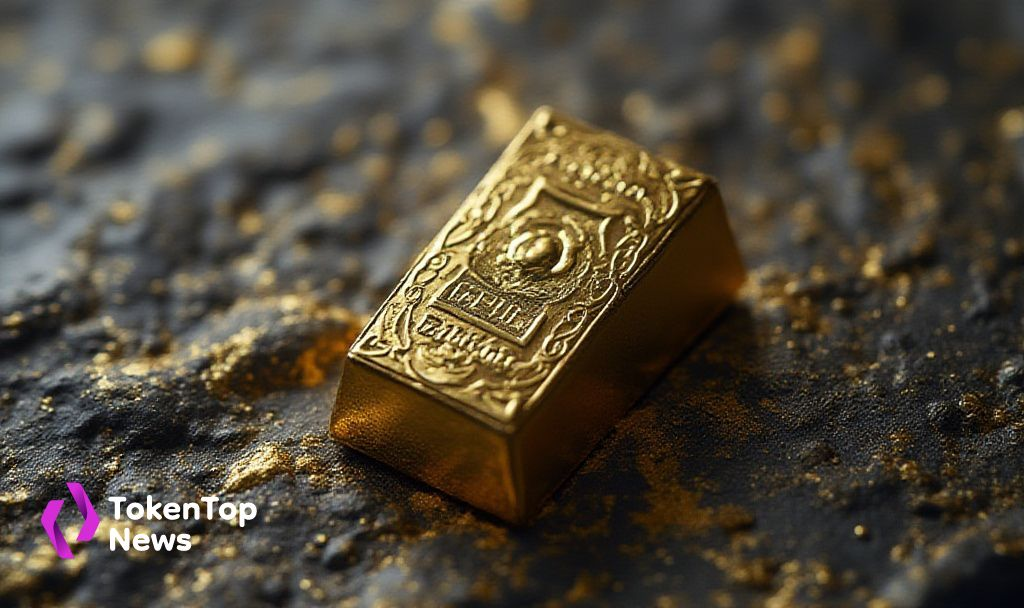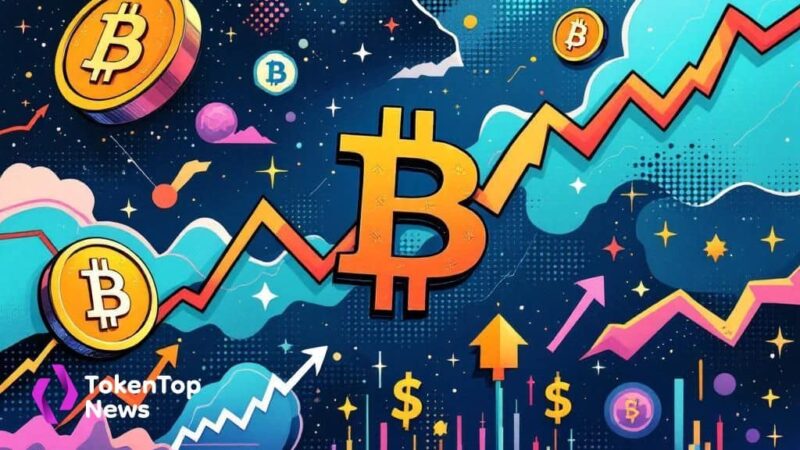Goldman Sachs Raises Gold Forecast to $4000 in 2026
- Goldman Sachs raises gold price target, influenced by central bank buying.
- Gold’s price increase predicted due to recession risks.
- Potential impact seen on risk assets and cryptocurrencies.

Goldman Sachs has increased its gold price target to $4000 for 2026, citing robust central bank purchases as a major contributing factor.
Goldman Sachs’ projection reflects potential market shifts, impacting investments in traditional and digital assets.
Goldman Sachs announced a raised gold price target to $4000 by 2026, emphasizing the role of central bank purchases in driving this forecast. Goldman Sachs analysts, led by Lina Thomas, observed increased investor interest due to recession fears. Similarly, institutional figures like Jeffrey Gundlach support the bullish outlook, attributing the expected rise to central banks’ strategic gold acquisitions.
“Recent flows have surprised to the upside, likely reflecting renewed investor demand in hedging against recession risk and declines in risk asset prices… ETF inflows could accelerate further and lift gold prices to US$3,880 an ounce by year-end.” – Lina Thomas, Senior Analyst, Goldman Sachs.
This move is significant for markets, as it highlights a shift toward safer investments, with potential implications for commodities and cryptocurrencies. Investors may increasingly favor gold due to fears of macroeconomic instability. Gold-backed ETFs might see further inflows as institutions seek safety from traditional equity markets.
Gold’s price rise could shift capital flows, affecting both physical assets and digital currencies such as Bitcoin BTC -0.31% . Historically, safe-haven demand for gold coincides with broader market volatility. If gold approaches this target, commodities and crypto markets could see notable impacts, reflecting changes in risk sentiment and asset preferences.
Potential outcomes could include adjustments across investment portfolios, reflecting renewed emphasis on hedging strategies. Gold’s rise might spur further ETF inflows, while influencing institutional decisions concerning cryptocurrencies. Previous bull markets illustrate that shifts in risk perception often align with central bank policies and macroeconomic conditions.




